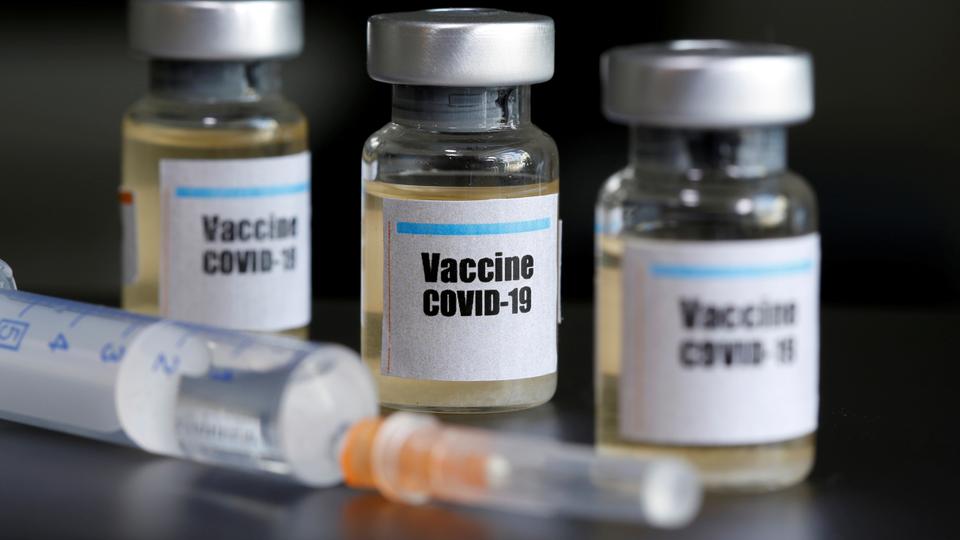
A look into various studies to understand the AC temperature role in curbing coronavirus
The government has issued an advisory amid the coronavirus global pandemic to set temperatures of air condition between 24 degrees to 30 degrees Celsius and maintain relative humidity between 40 per cent to 70 per cent. The advisory was issued by The Central Public Works Department to its official to address concerns associated with the spread of COVID-19 via ventilation systems and air conditioners.
Indian Society of Heating Refrigerating and Air Conditioner Engineers (ISHRAE) formulated these guidelines based on the climatic regions of the Indian subcontinent. As per the ISHRAE, the best way to limit the risk of infection by air was to ventilate indoor environments with outdoor air.
The guidelines stated that in humid climates, the temperature can be set closer to 24 degrees C for dehumidification and in dry climates closer to or at 30 degrees C. It also suggested to use fans to increase air movement.
Read more: Apart from lungs Coronavirus is also affecting Kidney: Here is how?
Various studies about AC’s role
The guidelines were issued based on a study that found that the transmission of the new coronavirus in 100 cities in China is lower in high temperature and high humidity.
Various studies suggested that airborne influenza survives more at the low temperatures (7-8 degrees C). The survival chances decrease progressively at moderate temperatures (20 to 24 degree C) and further decreases at temperature higher than 30 degrees C.
The advisory also quotes a study which has shown that the SARS-CoV-2 can live for 14 days on a surface at 4 degrees C, 1 day at 37 degrees C and will die in mere 30 minutes at 56 degrees C.
Read more: 5 mistakes that you are making while wearing masks
It said that Humidity can affect the infectivity (how easily infections can occur) of the virus through respiration. It is easier for foreign particles to invade the body in a dry environment when there is low humidity. That’s why relative humidity of at least 40 per cent is considered the threshold.
When we breathe dry air the mucous membrane in the lungs become dry. The fluid over lining the cells become more adherent, and the little hairs called cilia, which protect our lungs from deep settling of viable and non-viable particles, could not work and particles settle more deeply in lungs.
Have a news story, an interesting write-up or simply a suggestion? Write to us at info@oneworldnews.com








